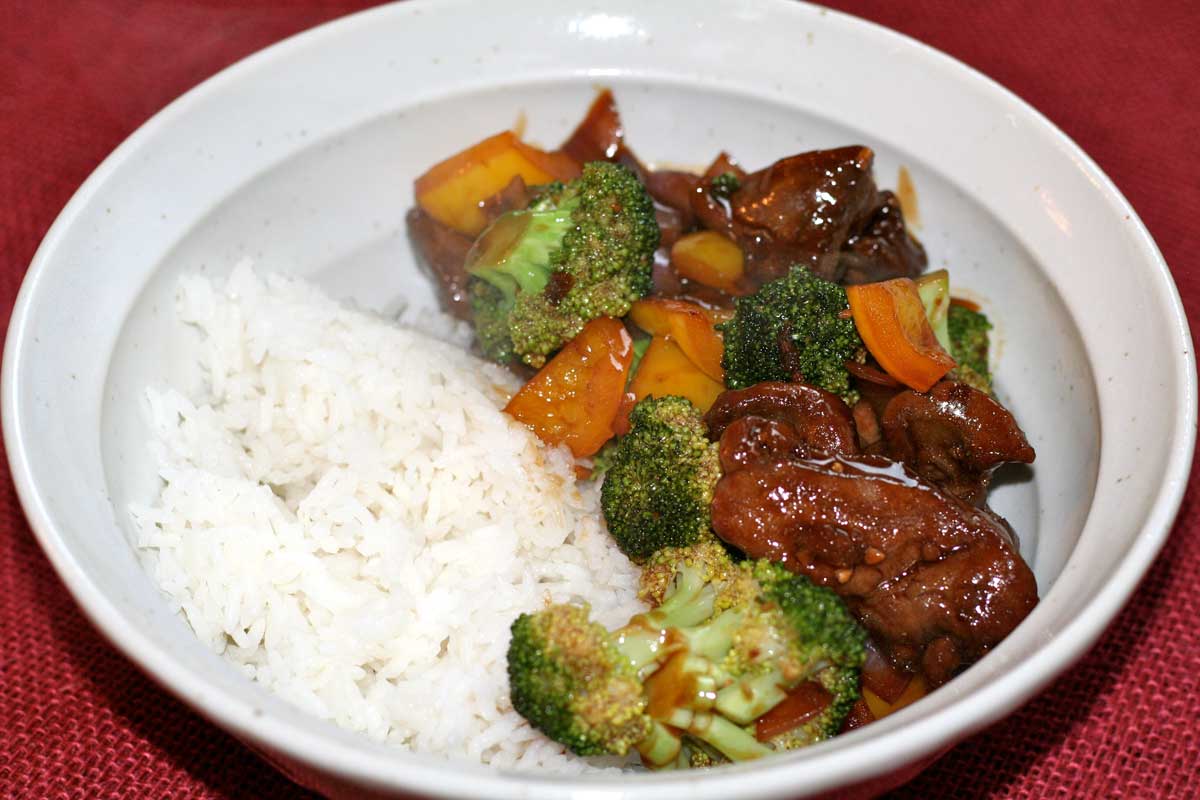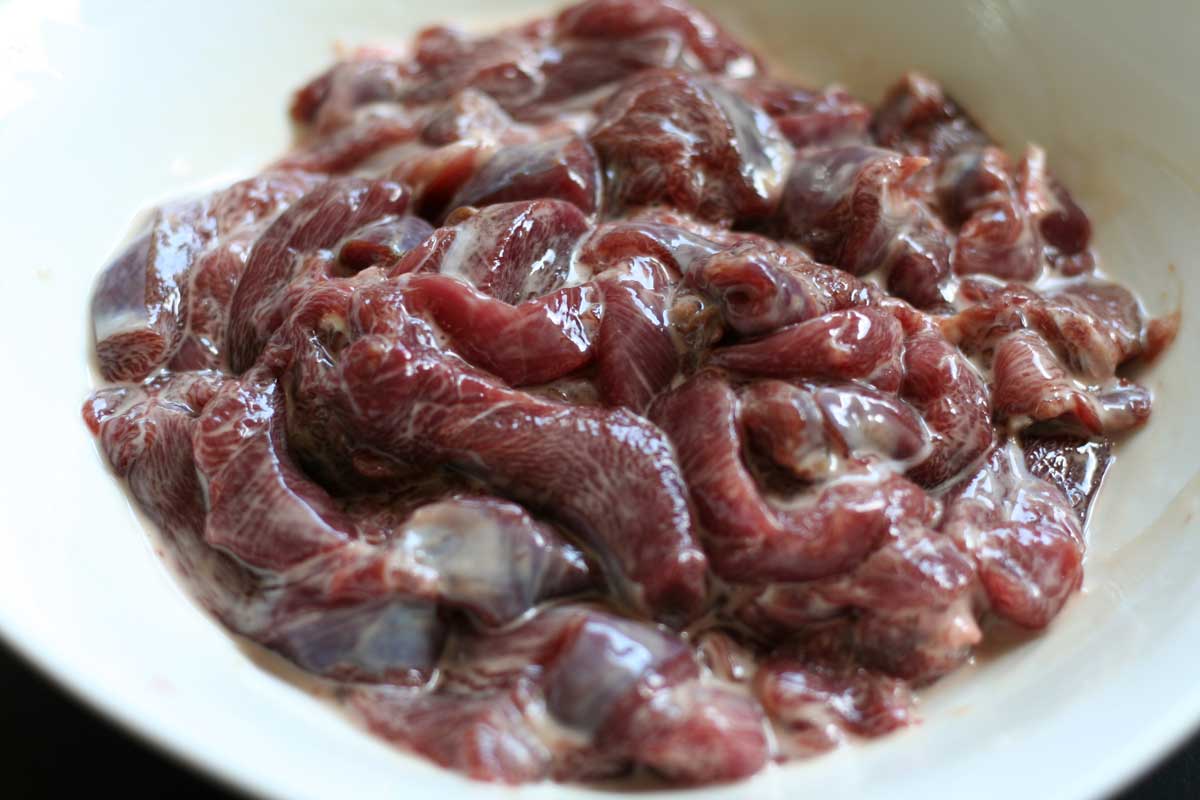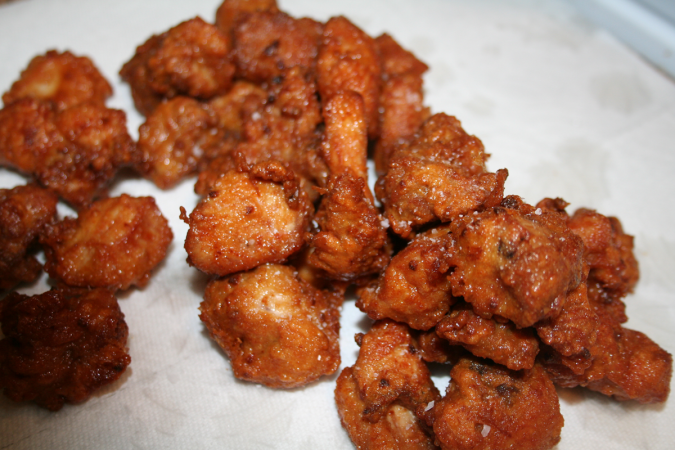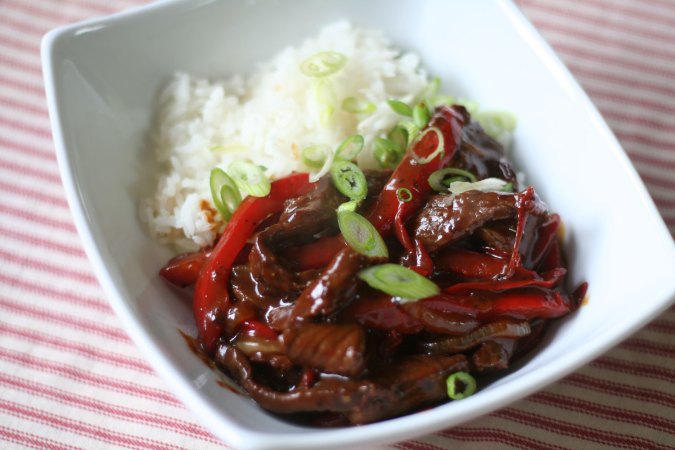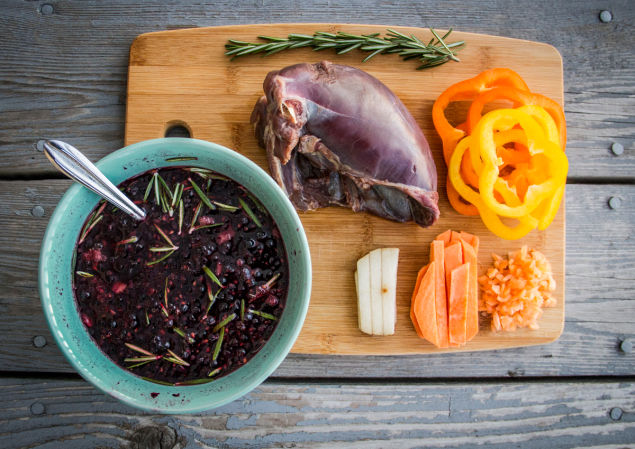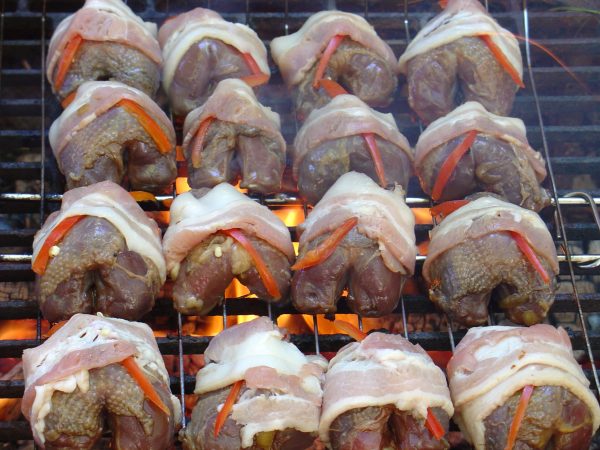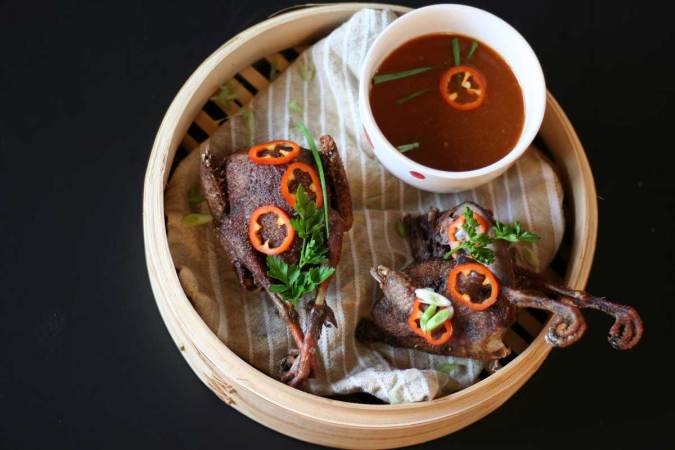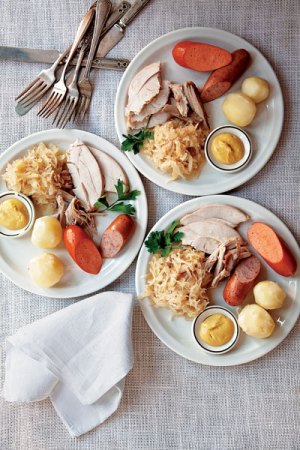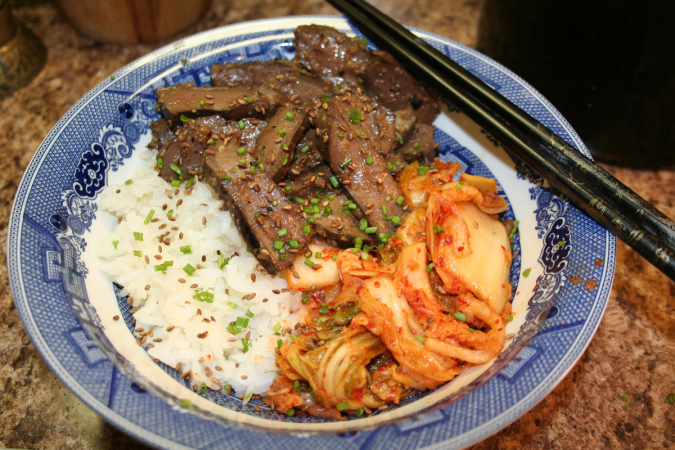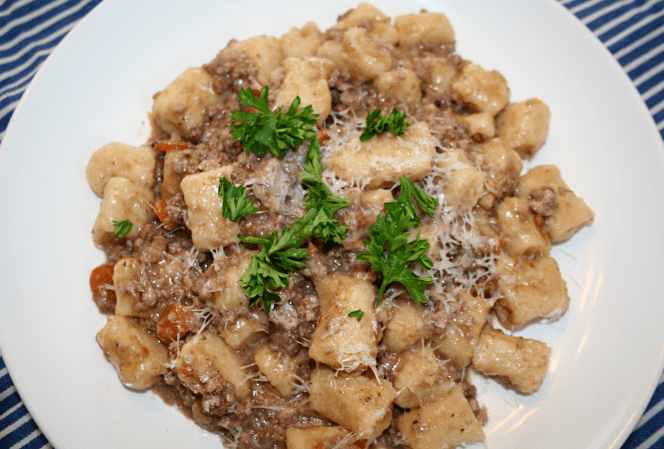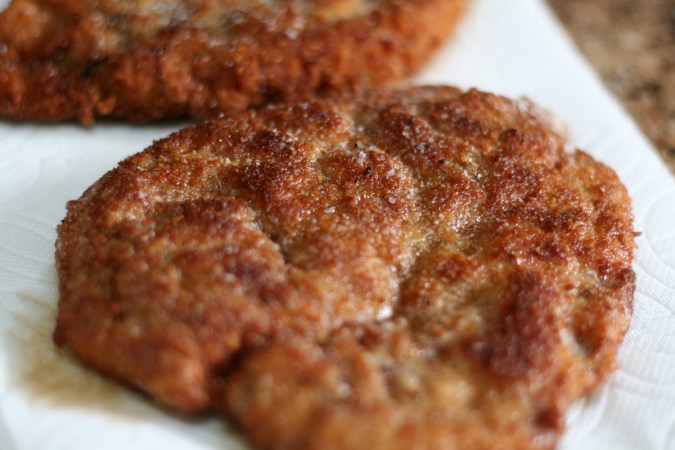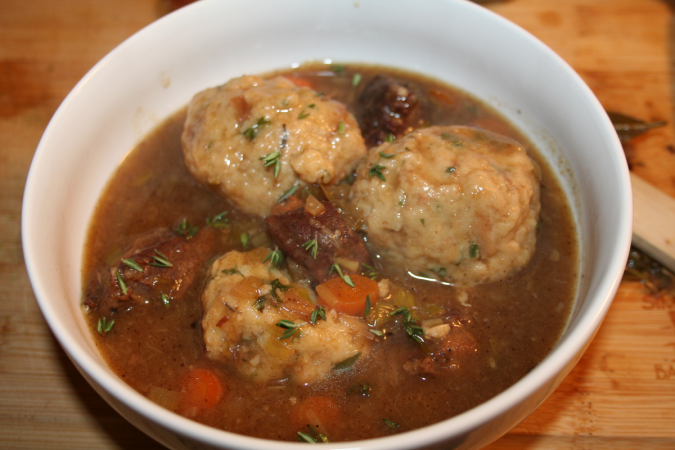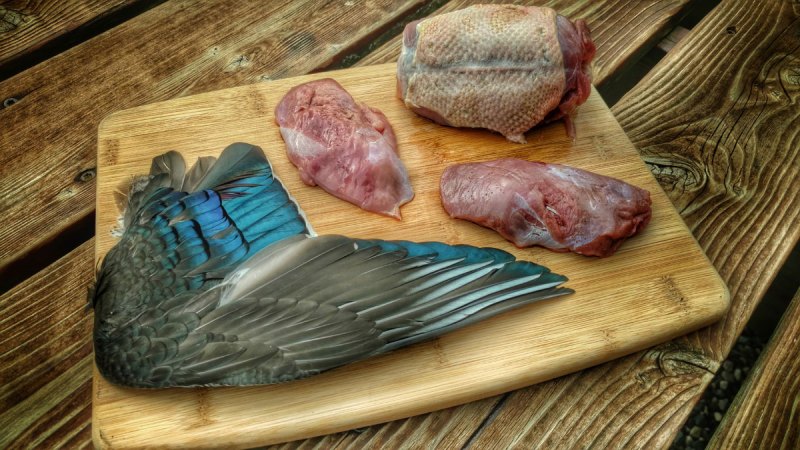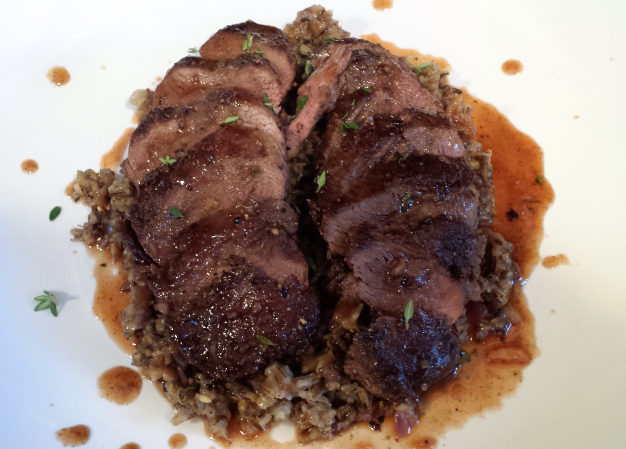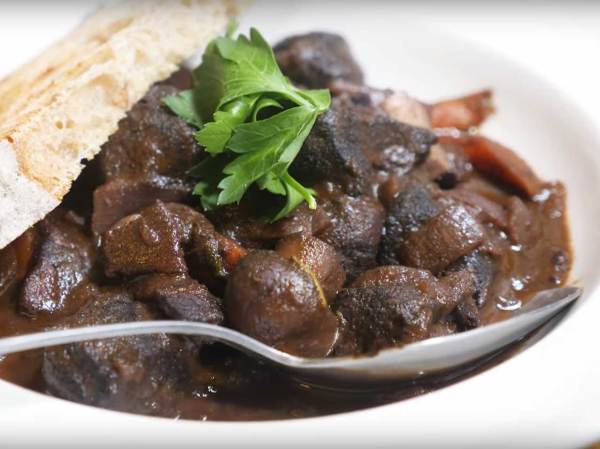I’m no stranger to random phone calls asking me if I want some wild game. Usually it is a friend of mine who has recently shot something and wants to know if I want the liver or heart or tongue. Sometimes it’s a friend of a friend who wants to know if I want a raccoon that broke into his chicken coop, or perhaps the head of a pig they just shot. Whatever the case, my freezer is always full of interesting items because people call and give them to me. So when fellow Cast-Iron Chef blogger Josh Dahlke sent me a message about his freezer going out, I was eager to help.
In his recent post, Dahlke talked about what to do in the instance that your freezer goes out and you need to get rid of a lot of meat in a hurry. I met him at his place and looked over all the meat. It was all still cold, and some of it still frozen on the inside, so I took about 50 pounds of various cuts and animals. Josh had a very successful turkey season this year so I took a bunch of turkey legs and thighs, some small game birds, and a bunch of venison cuts. The first things to get cooked were the sharptail grouse.
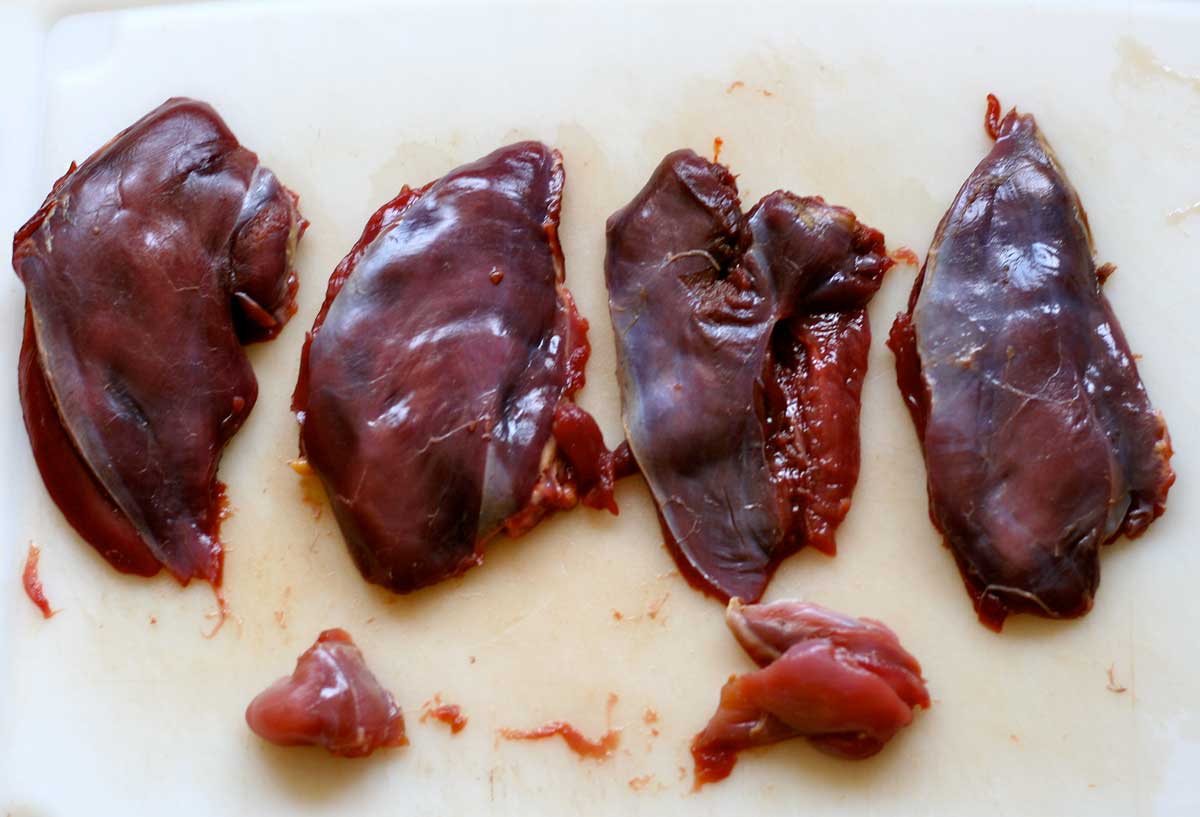
I have only hunted sharptails once in my life and was shocked to learn their meat is completely different than ruffed grouse. A ruffed grouse has mostly white meat, but sharptails are all dark meat. Very rich, red, dark meat that reminds me more of a duck than a grouse. Still, each breast weighs 3 to 4 ounces, and there’s a good amount of meat on the legs and thighs (although the leg and thigh meat is significantly tougher than the breasts).
I simmered the sharptails I shot a few years ago—whole, with a tarragon white wine sauce. The birds were good, but the method I chose for cooking them was a little too delicate for their rich, red meat. This time around I chose to go with a heartier flavor and make a stir fry. The last time I ate sharptails, they were a little tough, so I figured the velveting process would help make the breast a little more tender. Velveting is a technique little-known by Westerners that’s used to tenderize meats in Chinese cooking. It involves marinating meats with cornstarch and Chinese cooking wine, then flash frying the meat. (Some techniques also incorporate egg yolk.) It works really well, and also helps the sauce stick to the meat. This recipe is very easy and delicious, and would work well with duck, goose, or even tougher cuts of venison.
INGREDIENTS
Stirfry
1 lb. sharp-tail breasts and leg meat sliced about a ¼ inch thick
1 Tbs. cornstarch
1/4 tsp. salt
1/4 tsp. sugar
1/8 tsp. baking soda
2 Tbs. Chinese rice wine
2 cups small broccoli florets
3 Tbs. peanut oil
2 garlic cloves, minced
2 slices fresh ginger, grated
1 small red onion, cut into 1-inch dice
1 large yellow, orange or red pepper roughly chopped
2 Tbs. Chinese rice wine
For the sauce
4 Tbs. oyster sauce
2 Tbs. soy sauce
1 tsp. sesame oil
1 tsp. cornstarch
1 Tbs. honey
1/8 tsp. freshly ground white pepper
METHOD
1. Combine the starch, salt, sugar, baking soda, and wine together to make the marinade. Add the meat and toss to coat all the pieces. Let marinate for at least 30 minutes, and up to an hour.
2. Heat the peanut oil over high heat, and stir fry the meat for 3-4 minutes until all cooked. Remove the meat and set aside. Add the garlic, ginger, and chili flake. Cook for 1 minute.
3. Add the onion, pepper, and broccoli. Toss in the oil and cook for 2-3 minutes. Add the rice wine and cover to steam.
4. Add the meat back in and stir to combine, then add the sauce and toss to coat, continuing to cook for 3-4 minutes. Serve alongside rice or on a bed of rice noodles.
